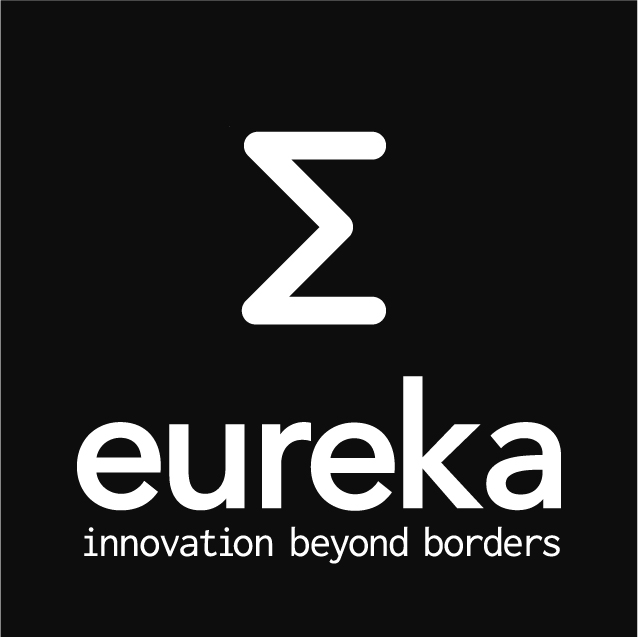Finished Project

IMPULSE
Integrated multimodal platform for ubiquitous multimedia service execution
![]()
| Project Coordinator | Project Consortium | |
| Eduardo Jose Bustos Perez Telefonica I+D Spain e-mail: ejbp (at) tid.es |
Akumiitti, FI | University of Piraeus, GR |
| Nethawk Oyj, FI | Telefonica I+D, ES | |
| Qprojects Ltd, FI | TVC NetMedia, ES | |
| VTT Electronics, FI | France Telecom R&D, UK | |
| InAccess Networks, GR | ||
This is a “Celtic” project;
| Project Key Information | ||||
|
Start date |
End date | Budget (total) | Effort (total) | Project-ID |
| September 2004 | December 2006 | 4.8 MEuro | 54.6 PY | CP1-039 |
| Abstract |
| This project aims at the definition and implementation of an open and distributed platform that allows an effective framework for easy development, deployment and integration of innovative multimedia services in the Internet (audio, video, gaming, etc.) with traditional services coming from the world of mobile telecommunications. As a proof-of-concept, two services that exploit the capabilities of this platform can be envisioned (see Appendices): multimedia answering machine and video on hold.
This platform will be integrated into the media chain, covering the necessary stages for content acquisition and description, presentation and publication to the final user. Multi-modality is offered by means of different access technologies, such as HTML, XHTML, WML or VoiceXML, and a variety of devices including PDAs, mobile phones and Digital TVs (MHP). On-line content transcoding will accommodate the format for the special requirements of the user device, if necessary, much in the same manner as for the mark-up language. Regarding the telecommunications domain, the use of SIP (Session Initiation Protocol) can guarantee some kind of interoperability, not only with Internet applications but also with the IMS architecture defined for 3G Mobile Networks, which is based on SIP as an enabler protocol for the whole life cycle of multimedia sessions. Multimedia interactions from the Internet domain and Call Control Logic derived from the mobile network will be decoupled by using specialised application servers (J2EE and JAIN SLEE) working together in a coordinated way. Prototype services coming from the integration of both domains will be built on top of this architecture, using the resources offered by the application servers provided. Definition and standardisation of interfaces at the different levels (IMS-SLEE and SLEE-J2EE) is also a key factor to be addressed. The architecture will also take into account the provision of open interfaces for the development and deployment of third-party services and application within the execution environment provided, and all the management interfaces for administrative tasks. |
| Focus areas |
|
| Expected outcome |
|



